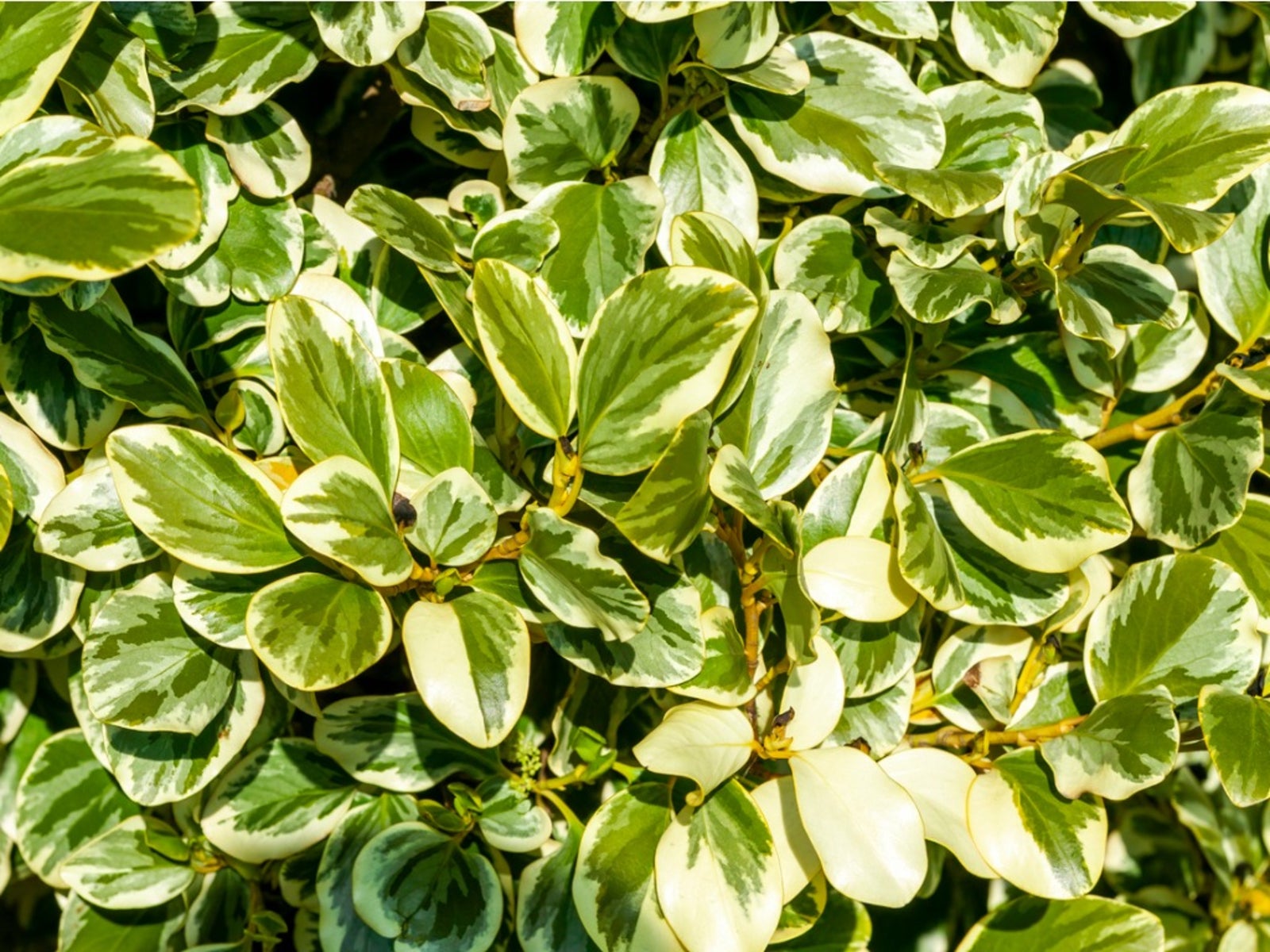Griselinia Care: Information On How to Grow A Griselinia Shrub


Griselinia is an attractive New Zealand native shrub that grows well in North American gardens. The thick, sturdy trunks and salt-tolerant nature of this evergreen shrub make it perfect for seaside gardens. Plant it as a screen to protect the garden from strong coastal winds and salt spray. It is also ideal for planting around swimming pools.
Griselinia Growing Season
Griselinia littoralis is grown for its evergreen foliage, which looks neat and tidy all year long. The shrub produces tiny greenish yellow flowers in spring, but they are seldom noticed. If you've planted both a male and female plant, the flowers are followed by purple, berry-like fruit. Griselinia self-seeds as the fruit drops to the ground. Spring and fall are good times for planting griselinia shrubs. Plant the shrub in a hole as deep as the root ball and twice as wide. Set the plant in the hole so that the soil line is even with the surrounding soil. Backfill with soil removed from the hole without amendments, firming with your foot as you go. When the hole is half full, flood it with water to help eliminate air pockets. Fill the hole to the top and water the shrub deeply to saturate the root zone.
How to Grow a Griselinia
Griselinia grows best in a south or west-facing exposure with full sun. The shrub isn't particular about the soil type as long as it is well-drained. It tolerates a wide range of pH, from acid to alkaline, but you should avoid extremes. Griselinia shrubs thrive in USDA plant hardiness zones 7 and 8.
Griselinia Care
Griselinia care is minimal once the shrub is established. Water it deeply during dry spells and fertilize once a year in early spring. Griselinia pruning to shape and control the size of the shrub is best done in mid to late spring. You will lose the season's berries, but they aren't particularly ornamental and only of value if you want to save seeds. Remove damaged or diseased twigs and branch tips any time of year. If allowed to overgrow, griselinia pruning of thick, hard wood becomes difficult. When griselinia drops berries, the seeds inside often germinate and grow. Transplant or remove the young seedlings to prevent overcrowding.
Gardening tips, videos, info and more delivered right to your inbox!
Sign up for the Gardening Know How newsletter today and receive a free copy of our e-book "How to Grow Delicious Tomatoes".

Jackie Carroll has written over 500 articles for Gardening Know How on a wide range of topics.
-
 Grow ‘Karl Rosenfield’ Peony Plants For The Ultimate Frilly Border Beauties And Cut Flowers
Grow ‘Karl Rosenfield’ Peony Plants For The Ultimate Frilly Border Beauties And Cut FlowersFor frilly double magenta peony petals infused with a heady fragrance, grow ‘Karl Rosenfield’ peony plants. Here’s how to cultivate the ultimate plushy blooms
By Tonya Barnett
-
 10 Common Composting Problems That Can Spoil Your Garden Gold – Plus Easy Fixes
10 Common Composting Problems That Can Spoil Your Garden Gold – Plus Easy FixesLearn how to troubleshoot common composting issues before they ruin your stash – from bad smells and bugs to materials not breaking down as they should.
By Susan Albert